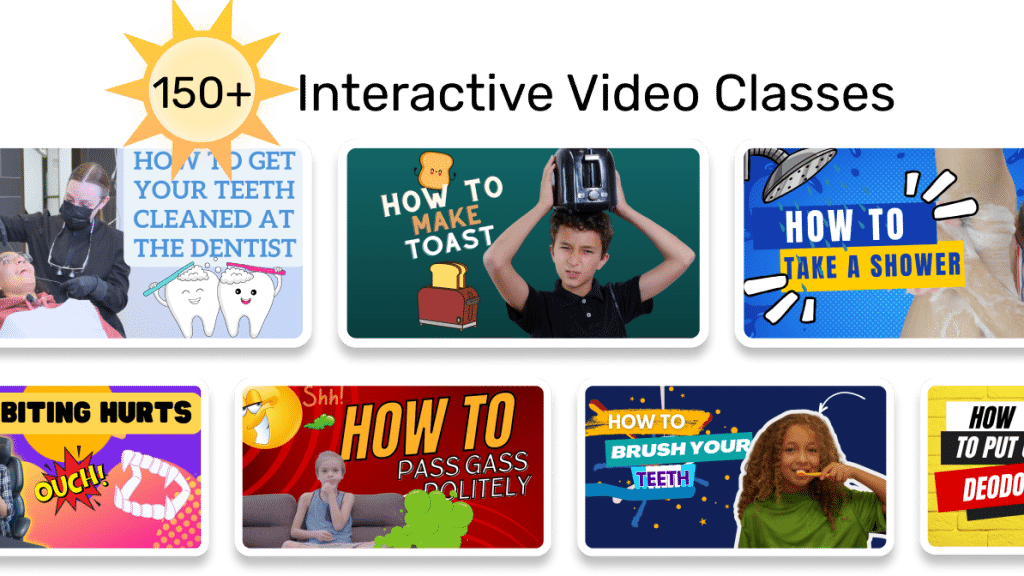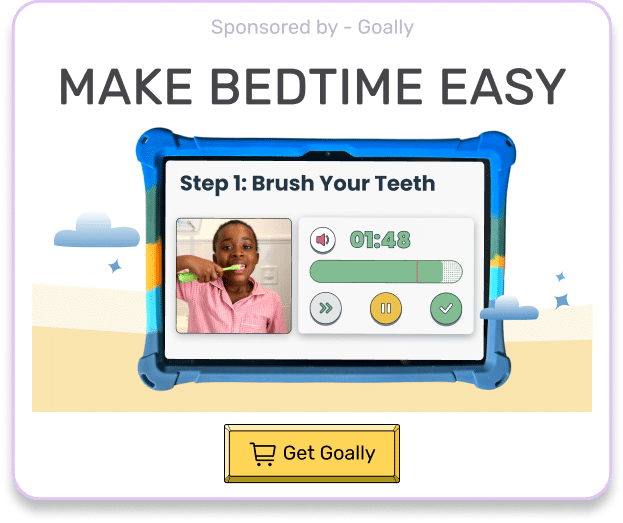As a parent, you always want the best for your child, especially when it comes to their education. If your child has a disability, you might have heard about 504 plans and wondered, “What disabilities qualify for a 504 plan?” Don’t worry! In this easy-to-understand guide, we’ll explain 504 plans, the eligibility rules, and how they can help your neurodivergent kids or kids with thinking and learning differences. So, let’s start learning together!
Table of Contents
504 Plans: The Basic Idea
First, let’s learn what a 504 plan is. A 504 plan is a set of legal documents that lists the help a school must give to make sure a student with a disability can learn just like everyone else. It gets its name from Section 504 of the Rehabilitation Act of 1973, which says that people with disabilities should not encounter unfair treatment in any program or activity that gets money from the federal government.
These plans are important because they make sure that kids with disabilities have the same chances to succeed as their classmates. They can include things like extra time on tests, help with taking notes, or special tools to make learning easier.
Important Parts of a 504 Plan
- Help that is specifically for your child
- Equal chance to learn and join in school activities
- Regular check-ins and updates
- Parents, teachers, and school staff working together
Goally | The Tablet for Neurodiverse Kids

Who Can Get a 504 Plan? What Disabilities Qualify?
Now that we know what a 504 plan is, we will answer answer the big question: what disabilities qualify for a 504 plan? The law says a student can get a 504 plan if they have a physical or mental problem that makes it much harder for them to do one or more important life activities. Some examples of disabilities that might qualify are:
Disabilities Often Covered by 504 Plans
- Attention Deficit Hyperactivity Disorder (ADHD)
- Autism Spectrum Disorder (ASD)
- Dyslexia and other learning disabilities
- Anxiety and depression
- Physical disabilities, like cerebral palsy or muscular dystrophy
- Long-lasting illnesses, like diabetes or epilepsy
- Problems with speaking or understanding language
- Problems with hearing or seeing

Read more: Does My Child Qualify for Medicaid?
Remember, every child is different, and whether they can get a 504 plan depends on their specific situation. They might not need an official diagnosis, but they do need proof of their disability and how it affects their learning. It’s important to work with your child’s school and provide any necessary information to help them understand your child’s needs. So what qualifies a child for special education?
Making a 504 Plan: The Steps to Follow
Now that you know what disabilities qualify for a 504 plan let’s learn how to make one for your child. Keep in mind that the process might be different from one school to another, but these steps will give you a general idea of what to expect. Remember, it’s important to be patient and work closely with your child’s school to create the best plan for your child.
Here’s a step-by-step guide to help you through the process:
Step 1: Ask for an Evaluation
Talk to your child’s school and ask for a 504 evaluation. Give them proof of your child’s disability and explain how it makes learning harder. The school might also do its own tests to see if your child can get a 504 plan.
Step 2: Create the 504 Plan
If your child can get a 504 plan, a team of people, including teachers, school staff, and you, will work together to make a plan just for your child. This could include more time on tests, a special seat in the class, or tools that make learning easier.
During this step, it’s important to share your thoughts and ideas with the team. You know your kid best, and your input can help create a plan that truly meets their needs.
Step 3: Put the 504 Plan into Action
Once the 504 plan is complete, the school must follow it. It’s important to talk with your child’s teachers and school staff often to make sure the plan is working and to fix any problems that come up.
Keep an eye on how the plan is helping your child and be bold and speak up if something needs adjusting. Remember, the goal is to give your child the best chance to succeed.

Read more: What is a Behavior Support Plan?
Step 4: Check and Update the 504 Plan
It’s a good idea to look at the 504 plan every so often to make sure it still helps your child. If your child’s needs change or new problems come up, the plan can adjust as needed.
Regular check-ins with your child’s teachers and school staff can help you stay informed about your child’s progress and make any necessary updates to the plan.
Standing Up for Your Child: Tips for Success
As a parent, you play a big role in making sure your child gets the help they need. Here are some tips to help you be successful with the 504 plan process:
Remember, you are your child’s biggest supporter, and your involvement can make a big difference in their success at school. Be bold and ask questions, be sure to share your thoughts, and work closely with your child’s school to create the best 504 plan for your child. What are the needs of a child with autism?
- Learn about your child’s rights and how 504 plans work
- Keep good records of your child’s disability and how it affects their learning
- Talk openly and often with your child’s teachers and school staff
- Act quickly to fix any problems or concerns that come up
- Get help from other parents, groups, or experts if you need it
Goally | Apps To Support Child Development
Looking for fun ways to help your child learn life skills? Try Goally! The Goally tablet comes with award-winning learning apps and video classes to help kids develop the skills they need to become independent with FUN & evidence-based practices.

Our apps teach executive function, language, emotional regulation, finger dexterity skills, and more.
As your child develops new skills, you can increase the difficulty level of the tasks in the app to challenge and motivate them even further. This helps your child grow and progress at their own pace, while also keeping them engaged and excited about their development.

Last Thoughts: Helping Your Child with a 504 Plan
Knowing what disabilities qualify for a 504 plan is the first step in making sure your child gets the help they need to do well in school. By standing up for your child and working with their school, you can make a 504 plan that helps them reach their goals. Remember, you are your child’s biggest supporter, and together, you can face any challenge that comes your way.
FAQ’s About What Disabilities Qualify for a 504 Plan
What disabilities qualify for a 504 plan?
Disabilities that qualify for a 504 plan include ADHD, dyslexia, diabetes, and anxiety disorders.
How does a 504 plan help students?
A 504 plan provides accommodations to ensure students with disabilities have equal access to education.
Can students with autism get a 504 plan?
Yes, students with autism can receive a 504 plan to support their specific needs in the classroom.
What is the difference between a 504 plan and an IEP?
A 504 plan provides accommodations for access, while an IEP offers specialized instruction and services for students with more intensive needs.
How do I apply for a 504 plan for my child?
To apply for a 504 plan, contact your child's school and request an evaluation to determine eligibility based on their disability.
This post was originally published on 04/25/2023. It was updated on 05/30/2024.
Emily is a seasoned blog writer for Goally, leveraging her extensive background in child psychology and special education to provide valuable insights and resources for parents. Her commitment to understanding and addressing the unique needs of these children, combined with her expertise in educational strategies, makes her a credible and empathetic voice for families.





